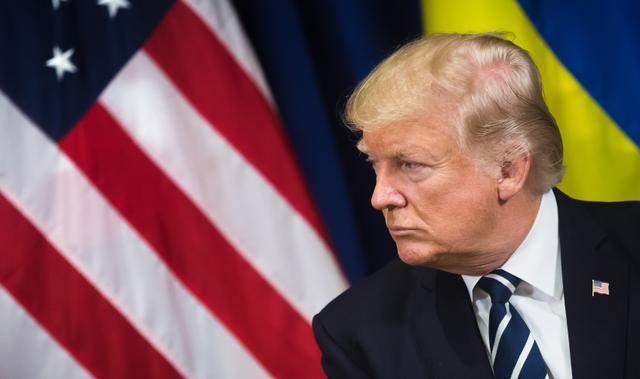India’s Top Inland Container Depots(ICDs) & Route Hacks to Save Time and Cost
Discover how India’s top Inland Container Depots (ICDs) can help exporters avoid port congestion and reduce haulage costs. Learn smart routi...
Trump tariffs have shaken the global economy. But there is more to the story. The USA is at its most protectionist in a century, imposing almost 25 per cent tariffs on most of what it imports from China

The Trump tariffs have shaken the international trade industry for the worse. But there is more to the story of the current unimpressive global economy.
Following decades of globalisation-led growth, the tide has turned. The World Trade Organization (WTO) reports global GDP growth down from 2.9 per cent in 2019 to 2.6 per cent in 2019 and 2020.
The ongoing trade war between China and the USA, the two world’s largest national economies, clearly causes pain for exporters. Tariffs and other trade barriers push import costs up, and exporters struggle to find buyers as their products become uncompetitive. Retaliatory actions between the two economic giants have escalated tensions in the past couple of years and contributed to a worldwide slowing of trade.
The USA is at its most protectionist in a century, imposing almost 25 per cent tariffs on most of what it imports from China.
But reduced export activity is not all because of President Trump’s trade strategy. Other factors have also had an impact on export activity.
The Chinese economy is increasingly driven by domestic consumption as its middle class continues to grow and becomes more affluent. China can meet more of its needs from within and become less dependent on imports. And, as Chinese growth has slowed to its lowest for almost 30 years according to reports, its demand for input materials and capital goods has reduced.
Rising nationalism, often fuelled by concerns in developed markets over globalisation, tends to make some markets more insular. Uncertainty hurts trade, so the unknowns around the UK’s expected no-deal departure from the European Union are adding to the slow down.
Global trends can be amplified by local tensions too. For example, shipments to Hong Kong, a key Chinese destination, were reported to be down by an additional 6 per cent year-on-year in September 2019 because of the pro-democracy demonstrations in the city.
Other trends have a bearing too. Globally, the threat of climate change has focused many people’s minds on the distance their food (and other products) travel. A ‘conscious consumption’ movement sometimes described as ‘locavore’ has emerged and gained traction. It boosts the local production of foodstuffs and reduces imports. Food exporters are hit by the sentiment of an increasingly progressive consumer population.
As rising wages in China have forced multinational companies to look elsewhere for lower costs, India, Vietnam, Bangladesh and the Philippines have all been winners. And, as these countries experience growth, their citizens join the ranks of the consuming middle classes. Market entry specialists are thriving by offering a bouquet of services - market research and company registrations, tax planning and legal advisory - to foreign investors.
Around the world specific forces are having an impact:
Across the world, the terms of trade and investment are morphing.
Establishing bases in target markets offers a range of benefits. Manufacturers are exempt from import tariffs and may attract tax and other incentives. In-market production brings manufacturers closer to their customers and reduces logistics and other administrative costs.
Of course, there are alternative strategic responses to protectionist policies.
If they look carefully, exporters may find that there are other demand hotspots, which they’ve traditionally not explored. Rising incomes in so-called emerging markets mean there are millions of affluent consumers driving demand for a host of goods and services. And for new consumers for whom choice has been limited, imported goods—from fridges and fashion to whisky and wines—often hold great appeal as a symbol of their newly-minted status.
Across Eurasia, the Belt and Road Initiative (BRI), the largest infrastructure plan on the planet, is rapidly opening up new trade routes by sea and overland. Some are long-lost connections that formed part of the ancient silk route. Others are new networks that form a part of what author Peter Frankopan has dubbed The New Silk Roads.
Exploring new markets may offer a hedge against current uncertainty without requiring a fundamental shift in the business model. Other approaches require a greater pivot.
As a growth strategy, it requires a different type of business model from the traditional activities of import/export. But, for brave and ambitious exporters who find barriers to trade appearing where in the past none existed, local establishments could be the answer to their prayers.